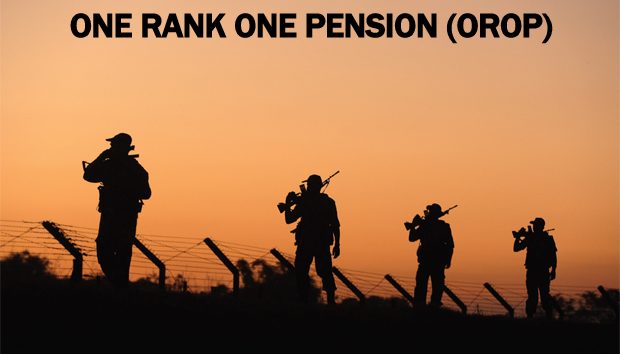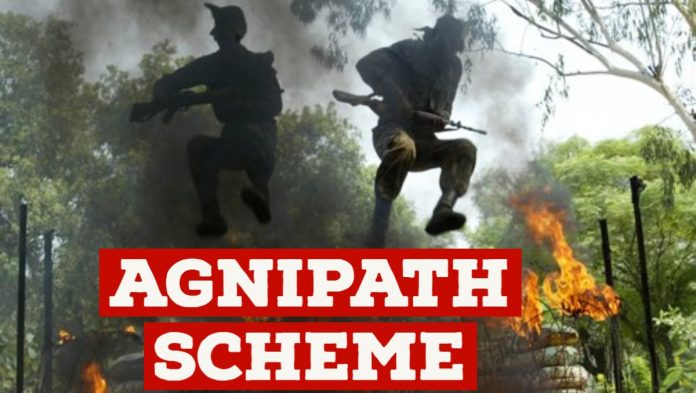- The Union Government’s latest scheme Agnipath for the armed forces recruitment has ignited anxiety, anger, and ferocious response from the youths of the country, especially Hindi heartland states leading to violent protests. Undeniably, as has been extensively reported for a long time, the Indian armed forces are carrying palpable excess flab which needs to be pruned in line with the modern-day fighting establishments. The burgeoning salaries and pension bills have forced the military think tank to come out with these measures. The increasingly challenging unemployment scenario in the country has only added to the frustration of the youths who were looking up to the armed forces as a viable career alternative guaranteeing a permanent job.

PC: OpIndia Staff
- Thus, the new recruitment scheme Agnipath has brought open the growing frustration among young men from key catchment areas for the military. Setting trains on fire is a symptomatic assertion of the jobs crisis prevalent in the country. This crisis is particularly acute among young men. As per the Centre for Monitoring Indian Economy’s April 2022 jobs data, unemployed males in the 15-19 age group were 50%, and 38.7% for the 20-24 cohort, respectively. Unemployment was as high as 76% for the 15-19 cohort in Bihar, the epicenter of protests. Losing out on one long-term job option is a big blow to these young men.
- This doesn’t mean that Agnipath must be postponed after making its announcement. Mind you, the military has a definite pension problem for sure. A parliamentary committee report in 2020 said there are 3.2 million defense pensioners, with about 55,000 added annually. In 2010-11, pension outgo was 19% of total defense expenditure. In November 2015, One Rank One Pay (OROP) was introduced. By 2020-21, pension outgo rose to 26% of defense expenditure. The fallout of pension’s rising share is a corresponding decrease in expenditure to buy new equipment. A comparative study of defense pensions by the Manohar Parrkar Institute of Defence Studies and Analysis is insightful.

PC: Yash Jain
- In the US in FY-2018 set aside 10% of the defense department’s total expenses for pension. In the UK, the pension outgo in FY-2019 was 14% of the total defense spending. The statistics speak for themselves. Needless to mention, given the lopsidedness in resource allocation in the Indian military budget, something had to give. Ideally, the approach should have been to prune intake and raise quality standards. However, political considerations seem to have played a role and a workaround was conceived to meet multiple aims. Post-announcement assurances of job preferences in paramilitary or police, or bank loans for potential entrepreneurs are inadequate to assuage youth who see the military as a career that meets aspirations.
- The need of the hour is to quickly design a more effective package to help demobilized Agniveers transition to civilian life. One reason why the US is able to keep pension costs down is that it takes 20 years of service to be eligible for a pension, unlike India which is 15 years of service. Moreover, America is also more effective in employing former soldiers compared to Indian soldiers. If these issues are addressed, young men of the Hindi heartland would feel their concerns are met pragmatically.






